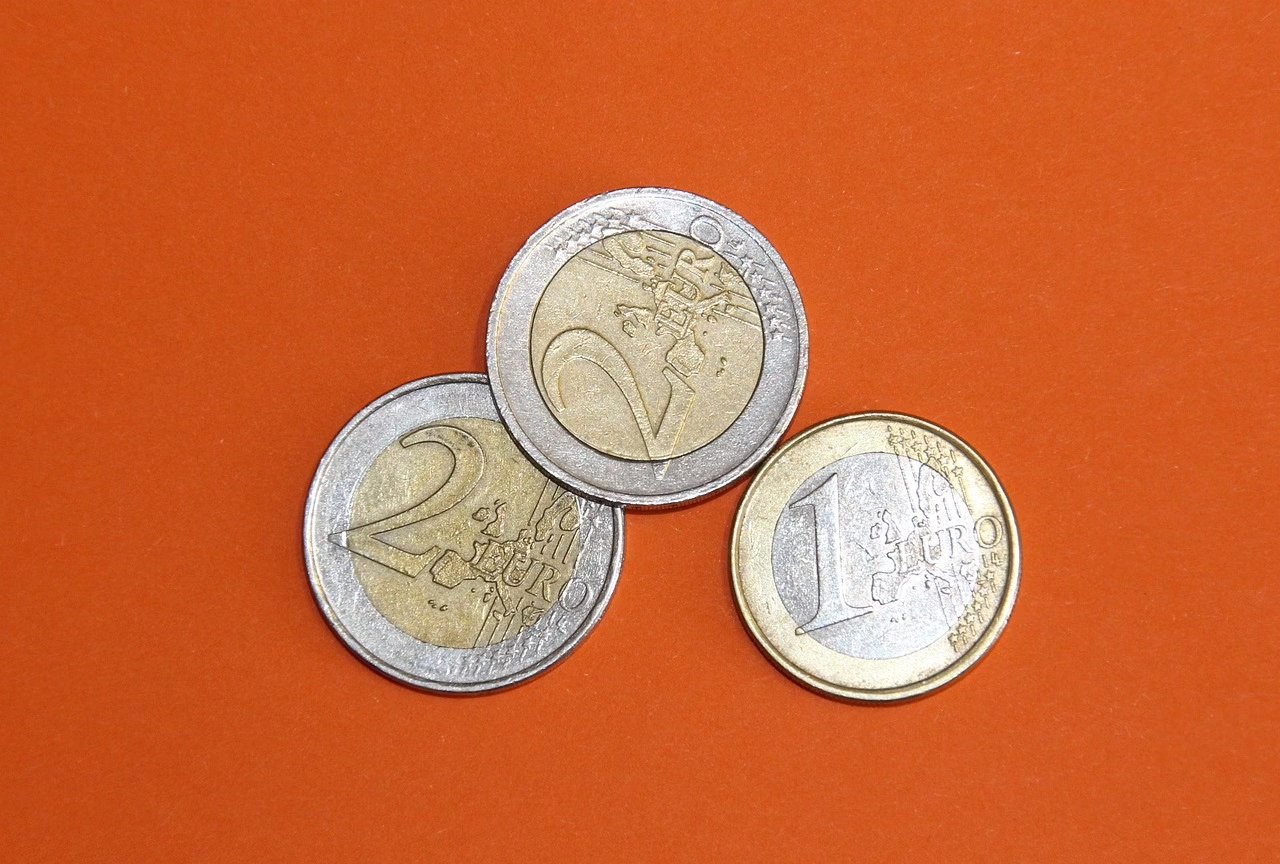Solana ETF Approval Odds Surge to 99.7% — Analysts Eye $300 SOL
By Sophia Vance • July 10, 2025
From Dark Horse to Wall-Street Darling
Nineteen months ago, the idea of a spot Solana ETF sounded almost comical. Bitcoin was still slugging it out for mainstream ETF status and Ethereum futures had only just tip-toed through the regulatory labyrinth. Fast-forward to today: 99.7% approval odds flashed on Polymarket this week, and the market barely blinked. What changed? Everything.
First, the tempo. Solana’s on-chain activity has grown at breakneck speed — daily active addresses now routinely breach 1.8 million, eclipsing even Ethereum’s best bull-run days. Network fees remain microscopic and confirmation times hover near instant. Wall Street’s institutional desks finally did the math: throughput and cost efficiency translate into margins, and margins feed into portfolio models.
The Regulatory Dominoes
Let’s keep it real. The U.S. Securities and Exchange Commission isn’t handing out free passes. But the tone in D.C. has shifted from obstruction to optimization. Last week’s 12-page guidance on crypto ETF disclosures signaled that standardized rails are coming. That means fewer one-off 19(b)(4) exemptions and a much shorter approval clock — 75 days instead of 240. Once that guidance hit the Federal Register, Polymarket’s probability model shot from 92% to 99.7% in under 48 hours. Traders aren’t betting pennies on hope; they are pricing a near-certain policy roadmap.
Critics point to Solana’s past outages and the SEC’s earlier flirtation with classifying SOL as a security. Fair. Yet context matters. The same Commission that dragged its feet on Bitcoin ETFs for a decade green-lit 11 spot products in January and watched them attract $58 billion in AUM within six months. When the political cost of refusal outweighs approval, the verdict writes itself.
Why $300 SOL Isn’t a Moonshot
SOL is printing at $157 as I type — up 34% quarter-to-date but still shy of its November 2021 all-time high near $260. Let’s unpack the path to $300.
1. Capital Inflows via ETF Pipes
Bitcoin’s spot ETFs have averaged 2.4% of BTC’s circulating supply in cold storage. Apply a conservative 1% allocation ratio to Solana’s 462 million circulating tokens, and you’re looking at roughly 4.6 M SOL — or $720 million at present prices — earmarked for the ETF complex within a year of launch. That’s before counting secondary effects such as benchmark rebalancing by multi-asset funds.
2. Shrinking Float via Staking & DeFi
Solana’s native staking ratio already sits at 68%. Each additional Wrapped SOL used in DeFi or NFT minting subtracts from the liquid float, creating a supply squeeze precisely when ETF demand kicks in. Elasticity, meet match.
3. Technical Structure: Bull Flag in Motion
On the daily chart, SOL has formed a textbook bull flag since the late-June spike to $184. The measured-move target of that flag projects to $296–$312. Chart patterns aren’t destiny, but when they dovetail with a macro demand catalyst, odds tilt heavily in favor of the breakout.
Risk Dashboard
• Regulatory U-Turn: Always possible, though increasingly improbable. A court challenge or sudden political turnover could slow approvals but would need to overturn bipartisan momentum.
• Network Stability: Solana’s engineers have reduced outage frequency dramatically — zero full-network halts in the past nine months. Still, a catastrophic bug during the SEC’s review window could dent credibility.
• Systemic Liquidity: A sharp rise in Treasury yields (think 10-year north of 5%) would tighten global risk appetite. Crypto is still an outer-ring risk asset and would feel the pinch.
Strategic Playbook
1. Accumulate in the $140–$170 Range. This zone captures the lower flag support and historically sees high on-chain bid density. If you’re under-allocated, nibble here.
2. Hedge Theta with Short-Dated Calls. If you already hold spot SOL, selling 210-strike calls expiring in September yields a handsome 18% annualized premium. That covers downside while leaving upside to $210 intact.
3. Watch the Fed, Not Your Emotions. Should Powell hint at deferring cuts beyond December, risk assets will wobble. Use that volatility to add, not panic-sell.
The Bigger Picture
Crypto’s ETF migration isn’t just about ticker symbols on the NYSE floor. It’s about capital formation. Regulated wrappers unlock pension funds, RIA platforms, and model portfolios worth $30 trillion in the U.S. alone. Even a 0.25% penetration siphons $75 billion into digital assets. Solana’s share of that pie — given its speed, developer mind-share, and now near-certain ETF status — could be transformative.
So, does SOL tag $300? My answer: it’s not even the interesting question. The real query is what happens after price slices past its prior high. Momentum markets love round numbers, but structural adoption loves fundamentals. The day a state pension fund allocates to a Solana ETF, price targets will feel quaint.
Disclosure: I hold SOL, ETH, and a basket of Layer-1 infrastructure tokens. Nothing in this article is investment advice. Markets are wicked and will humble you if you let them.





